Introduction to Biological Inorganic Chemistry
1/28
There's no tags or description
Looks like no tags are added yet.
Name | Mastery | Learn | Test | Matching | Spaced |
|---|
No study sessions yet.
29 Terms
Bioinorganic Chemistry
Interdisciplinary field of inorganic chemistry and biology.
Metal Ion Transport
Movement of metal ions within biological systems.
Metallohydrolase Enzymes
Enzymes catalyzing hydrolysis reactions involving water.
Hydrogenase
Enzyme catalyzing oxidation of molecular hydrogen.
Alkyltransferase
Enzyme transferring alkyl groups between molecules.
Catechol-O-methyltransferase
Enzyme involved in dopamine biodegradation.
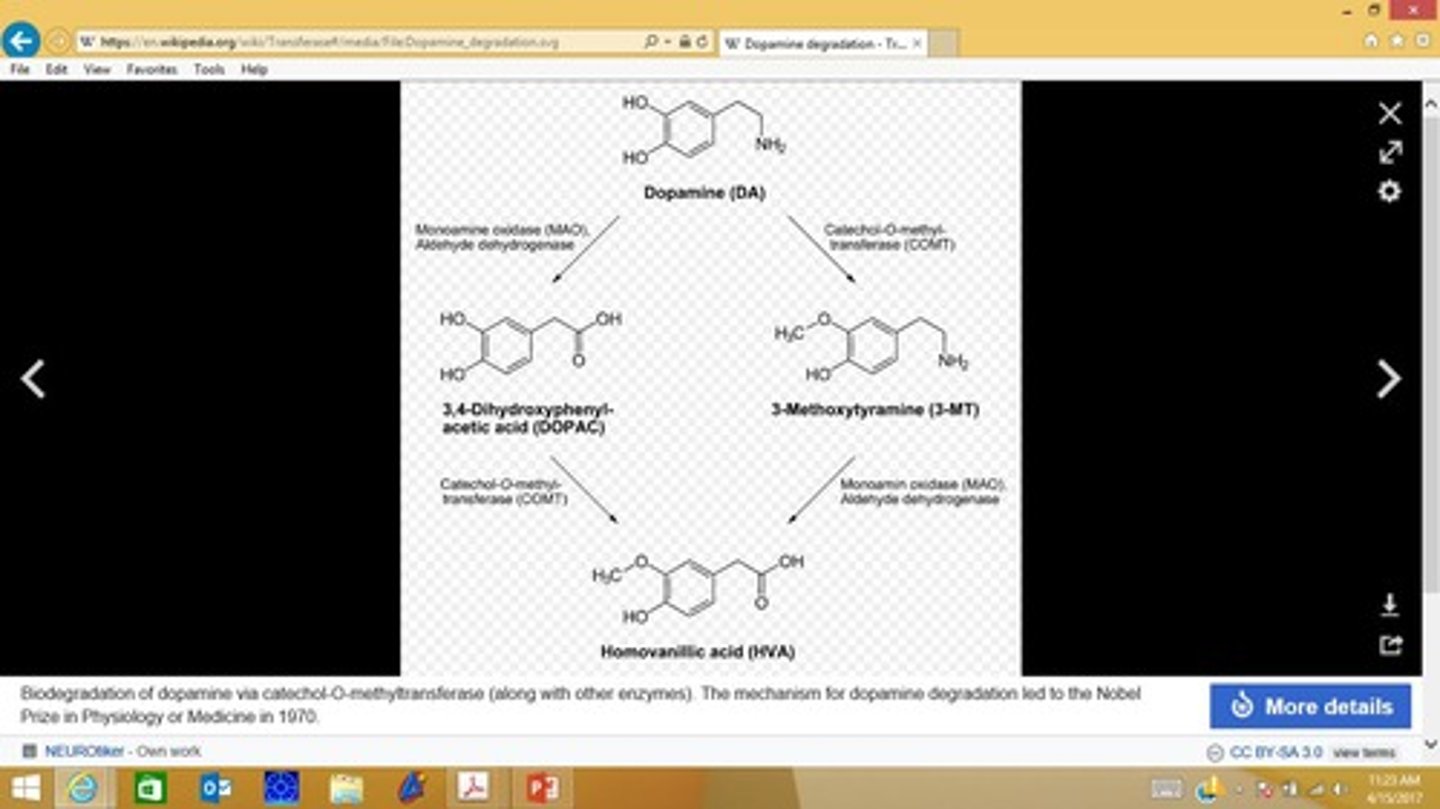
Nitrogen Metabolism
Biochemical processes involving nitrogen compounds.
Enzyme-Substrate Complex
Complex formed when enzyme binds substrate.
Active Site
Region of enzyme that binds substrate.
Transition Metals
Elements with variable oxidation states and coordination.
Ligands
Molecules that bind to metal ions.
Redox Properties
Chemical properties related to electron transfer.
Essential Elements
Elements necessary for organism survival and function.
Physiological Deficiency
Condition arising from lack of essential elements.
Magnesium
Metal involved in structure and enzyme activity.
Calcium
Metal acting as a trigger and charge carrier.
Chromium
Metal linked to glucose tolerance and diabetes.
Manganese
Metal essential for photosynthesis and structure.
Iron
Metal crucial for oxygen transport and storage.
Copper
Metal involved in electron transfer and oxidation.
Porphyrins
Compounds with metal ions in a nitrogen ring.
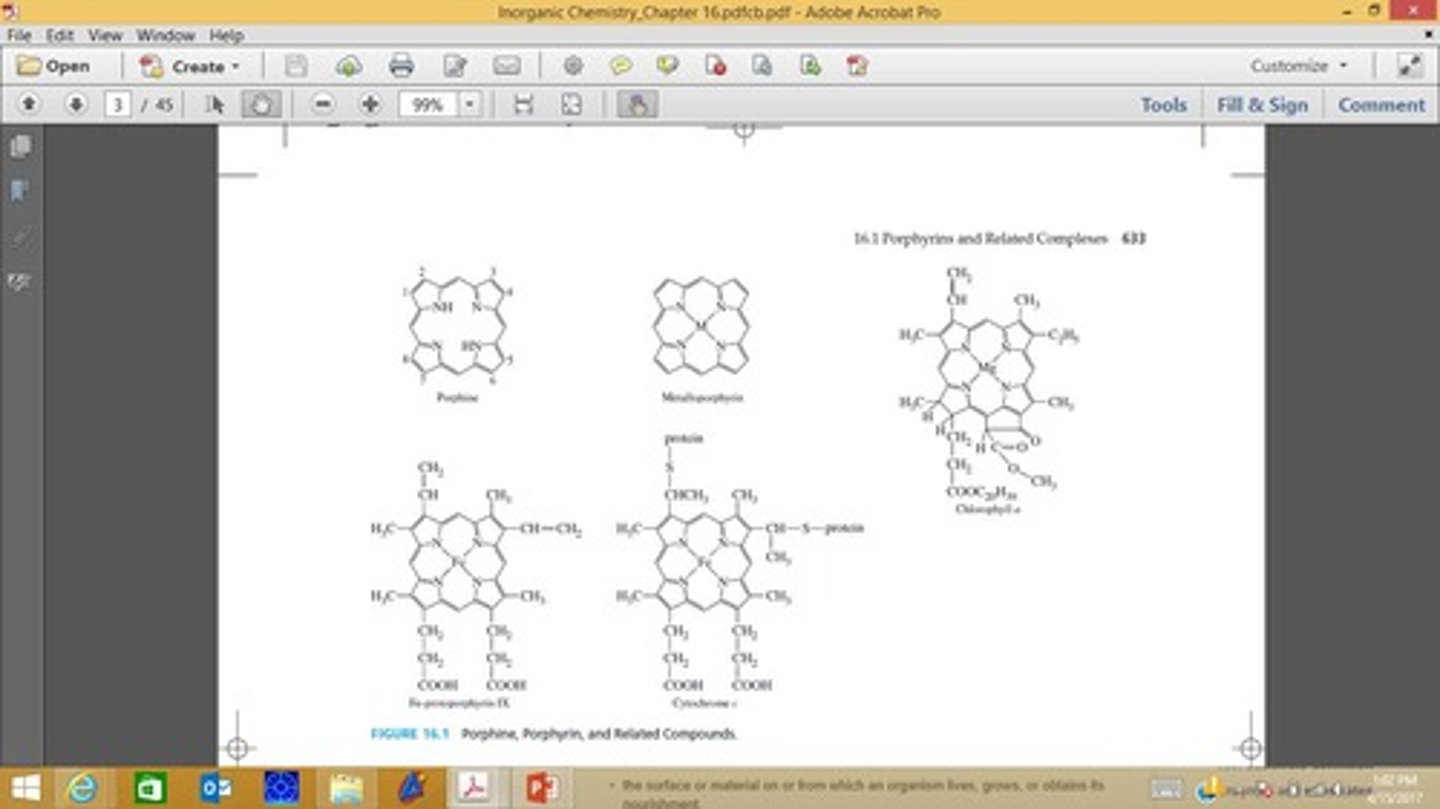
Ribbon Diagrams
3D representations of protein structure.
Hemoglobin
Protein transporting oxygen in the blood.
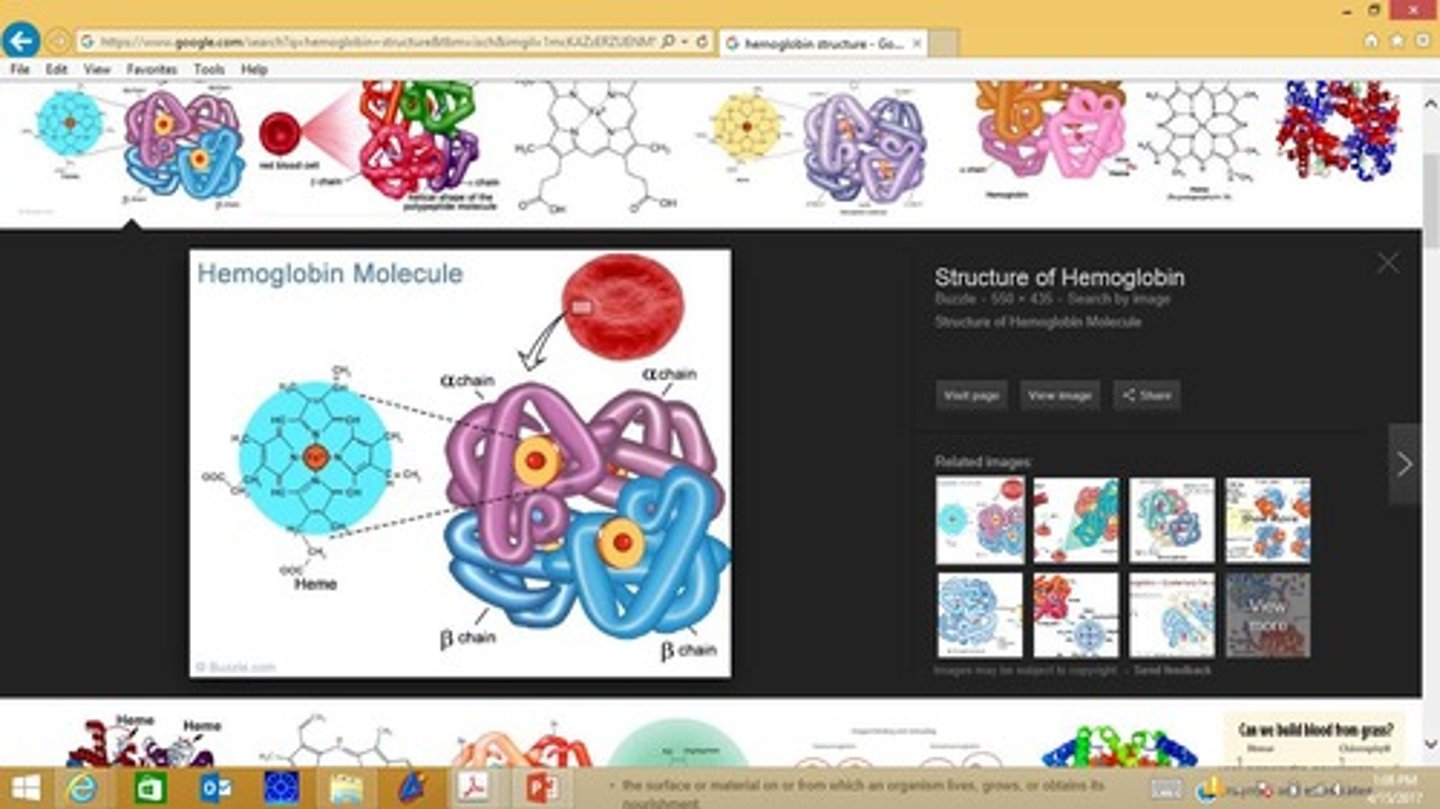
Bohr Effect
Increased acidity promotes oxygen release from hemoglobin.
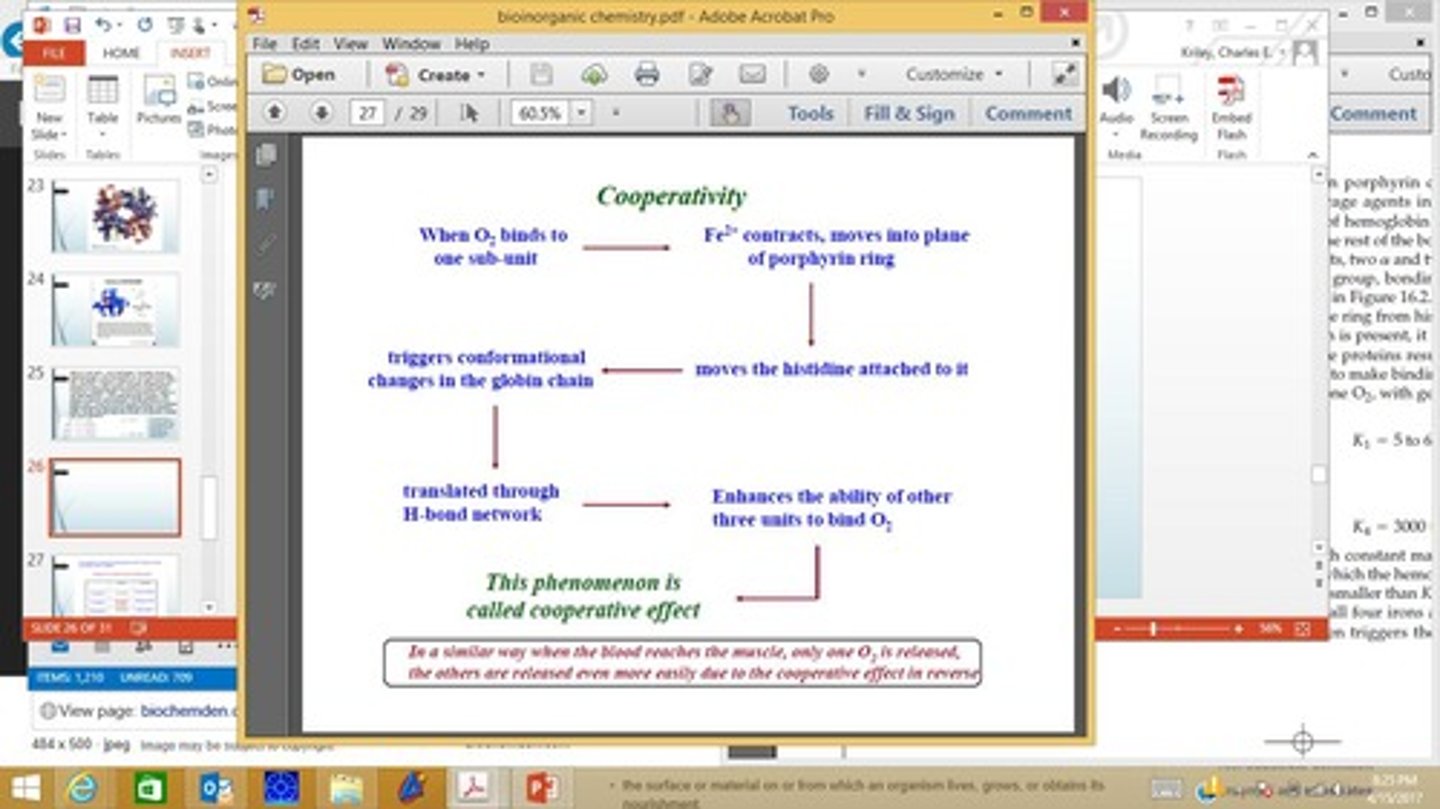
Coordination Numbers
Number of ligands bonded to a central atom.
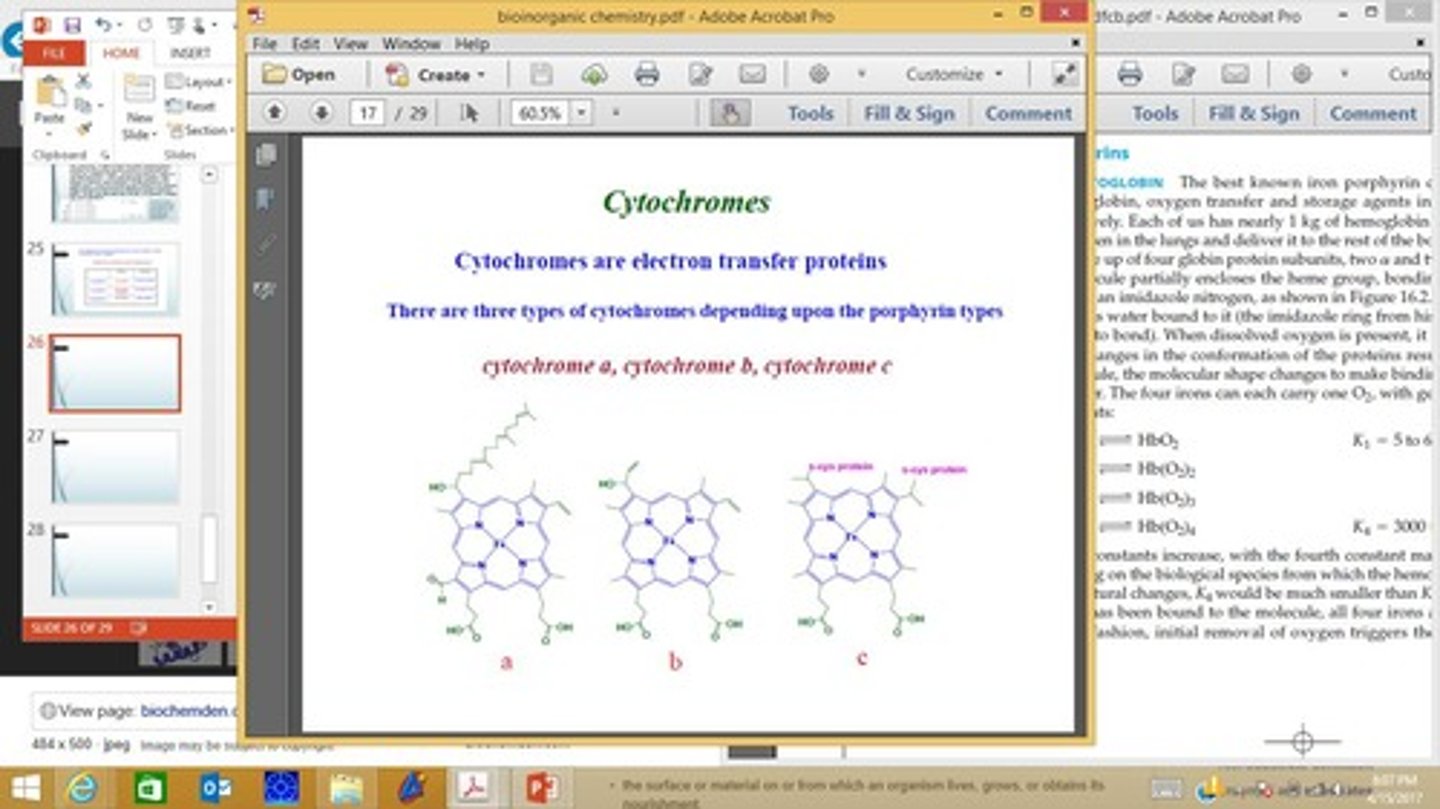
Channeling
Direct transport of intermediates between enzyme active sites.
Electron Transfer Proteins
Proteins facilitating electron movement in biological systems.
Hydrophobic Environment
Non-polar surroundings aiding substrate binding.
Substrate Specificity
Active site shape matching substrate for binding.